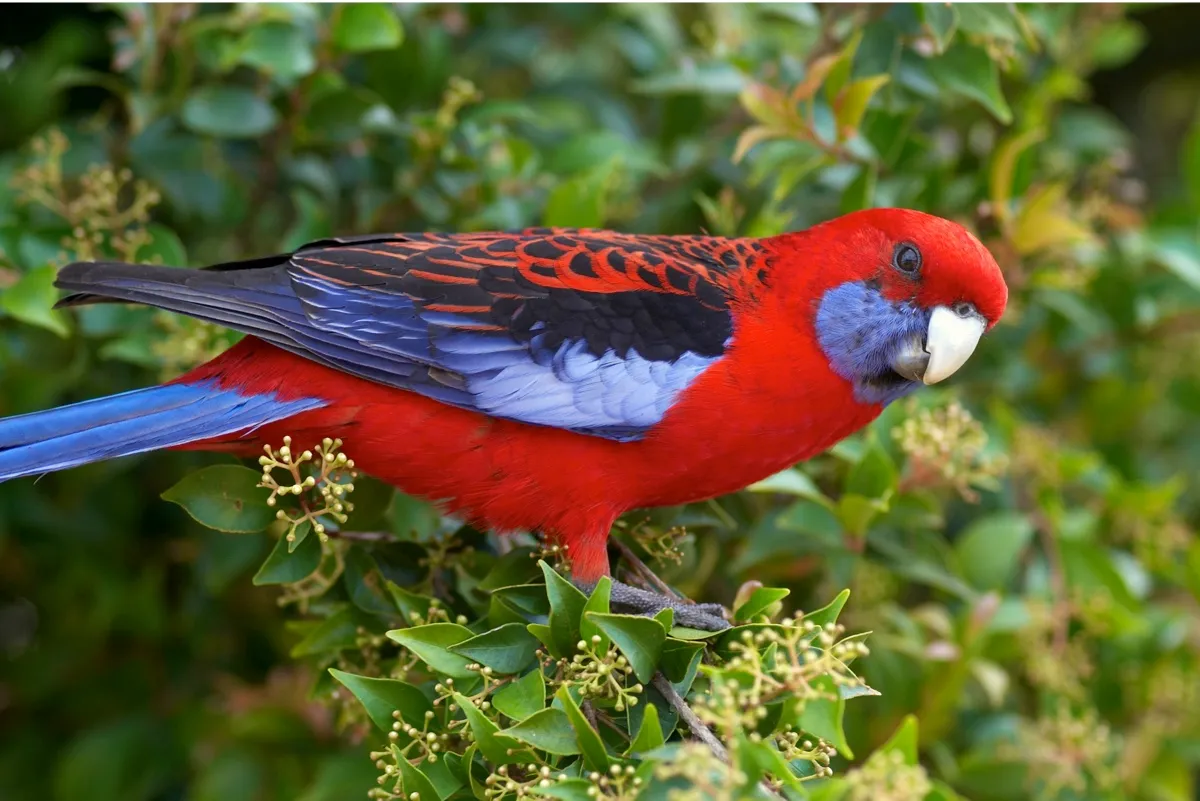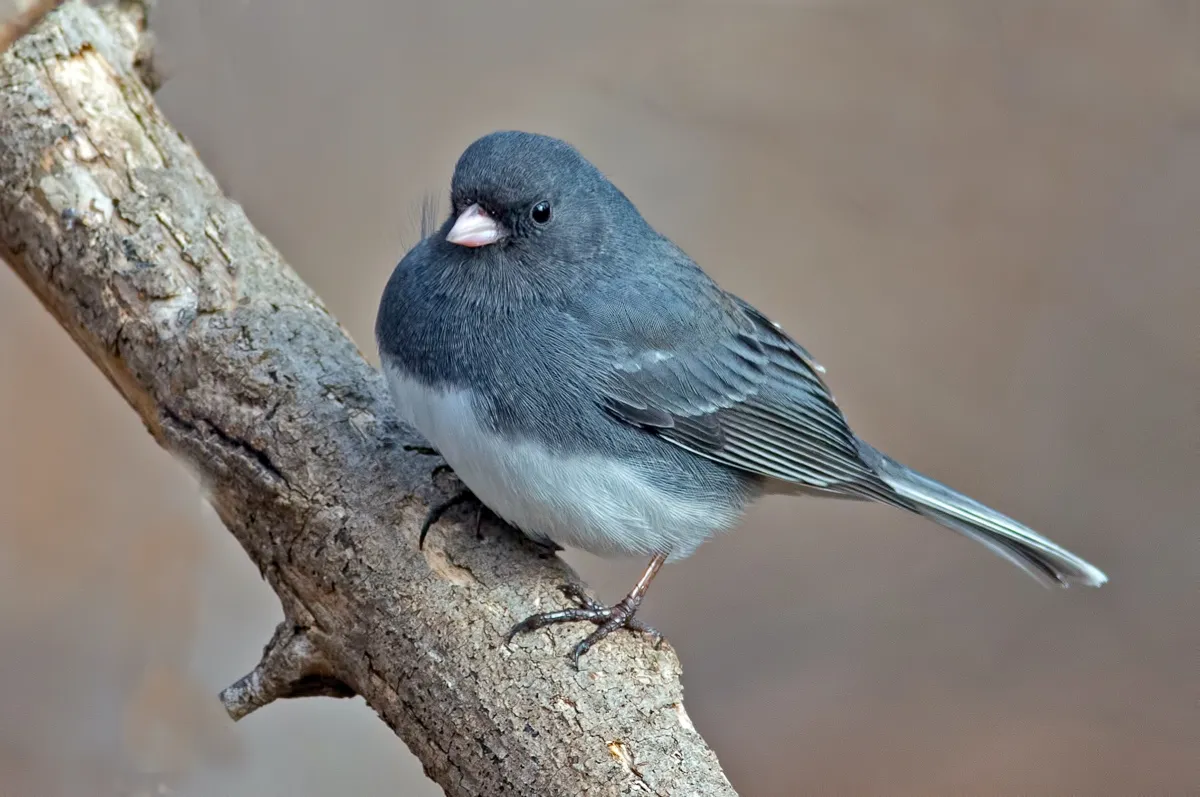Humans in many parts of the world are having to adjust to climate change, but it appears that animals are having to adapt too.
According to new research published in the journal Trends In Ecology & Evolution, some warm-blooded animals are evolving larger ears, beaks and legs in order to shed excess body heat as the planet gets hotter.
“A lot of the time when climate change is discussed in mainstream media, people are asking ‘can humans overcome this?’,or ‘what technology can solve this?’.It’s high time we recognised that animals also have to adapt to these changes, but this is occurring over a far shorter timescale than would have occurred through most of evolutionary time,” said co-author Sara Ryding, a bird researcher from Deakin University in Australia.
“The climate change that we have created is heaping a whole lot of pressure on them, and while some species will adapt, others will not,” Ryding added.
According to a biological theory called 'Allen's rule', animals in warmer climates have longer limbs and appendages than animals that live in cooler climates. As animals in cold regions need to preserve as much heat as possible, they have lower surface-area-to-volume ratios in order to minimise the surface area by which to lose heat. The reverse is true for animals in warmer climates: those animals have high surface-area-to-volume ratios so they can lose excess heat as easily as possible.
In accordance with Allen’s rule, the increasing temperatures experienced as part of climate change may be selecting for larger appendages that facilitate efficient heat dissipation.

Ryding says that climate change is a complex phenomenon, with many different facets that have been occurring progressively, so it is difficult to pinpoint exactly one cause of the shapeshifting. But these shapeshifts have been seen across a wide range of regions, habitats and species, so there is little to connect them except for climate change.
Shapeshifting has been particularly widely reported in birds. Several species of Australian parrots have shown an increase in beak size of between 4 per cent and 10 per cent since 1871.
Meanwhile, in North America, there is a link between temperature extremes and bill size in dark-eyed juncos.
And it's not just birds that are affected; researchers have also reported increases in tail length in wood mice and masked shrews.
Read more about climate change:
- The Amazon rainforest now emits more carbon than it absorbs
- Climate crisis is driving fastest change in global vegetation in 18,000 years
- I'm 47. How many trees would I need to plant to carbon offset my life?
“The increases in appendage size we see so far are quite small – less than 10 per cent – so the changes are unlikely to be immediately noticeable,” said Ryding. “However, prominent appendages such as ears are predicted to increase –so we might end up with a live-action Dumbo in the not-so-distant future.”
For the next part of the project, the researchers are going to carry out 3D scans of museum specimens from the past 100 years, to better understand which birds are changing appendage size due to climate change.

“Shapeshifting does not mean that animals are coping with climate change and that all is fine,” said Ryding. “It just means they are evolving to survive it – but we’re not sure what the other ecological consequences of these changes are, or indeed that all species are capable of changing and surviving.”
Further shapeshifting studies complemented by genetic research need to be carried out in order to find out which animals are more likely to survive. This is now eminently possible in wild animals, as increased heatwaves and the accompanying die-offs will affect the surviving physical characteristics of the population.



